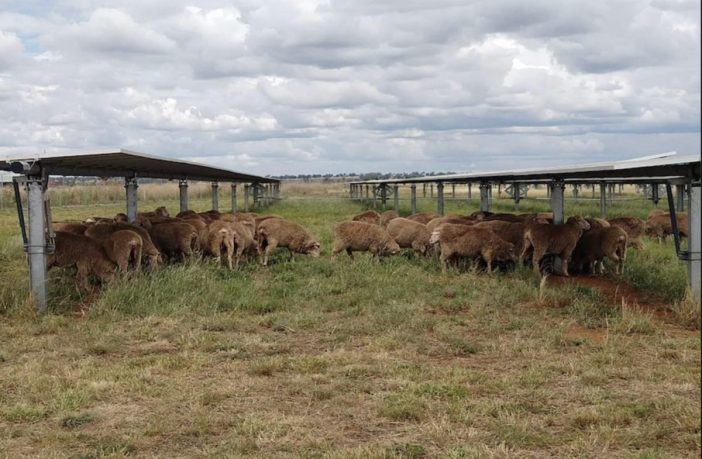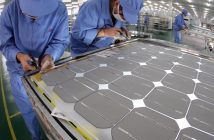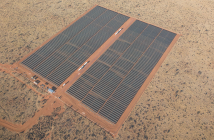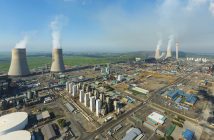- Two agrivoltaic installations in New South Wales, Australia, are being credited with increasing the quantity and quality of fleece in sheep grazing during droughts.
- The term ‘fleece’ refers to the woollen coat obtained after a sheep or ram is sheared
- Research shows that the partial shade offered by solar panels creates a microclimate that reduces evaporation and significantly boosts the production of vegetation in arid climates.
While the results are preliminary and anecdotal, they offer potentially exciting field results that could be applied globally. Graeme Ostini, a wool broker, says he’s been grazing his merino wethers (a variety of sheep) at a solar farm where sheep can graze under the modules. Ostini and other grazers say that over the past few years, these sheep have been “cutting an amazing amount of wool.”
The higher quantities of grass available for grazing are not surprising. Dr. Elnaz Hassapour Adeh, a researcher at Oregon State’s College of Agricultural Sciences, found that several key grazing grasses were able to significantly increase their output mostly due to significantly increased water efficiency – by 328%.
In total, the researchers found that areas that were partially or fully covered by solar panels increased their biomass production by 90%.
Author: John Fitzgerald Weaver
This article was originally published in pv magazine and is republished with permission.











